It may be one of the best-selling luxury brands in the U.S. but Lexus has never been one seen as pushing the edge when it comes to styling. Not until recently, that is. But it’s upending its conservative approach with concepts like the LF-ZC and LF-ZL and could carry those edgy design themes into production. But is it going “too far”? That’s a question its global design chief is asking.

Lexus is pushing the design envelope with some of its recent edgier designs but is it going too far to try and be a trend-setter?
Lexus clearly shook things up during the Japan Mobility Show last November when it rolled out a pair of edIt may be one of the best-selling luxury brands in the U.S. but Lexus has never been one seen as pushing the edge when it comes to styling. Not until recently, that is. But it’s upending its conservative approach with concepts like the LF-ZC and LF-ZL and could carry those edgy design themes into production. But is it going “too far”? That’s a question its global design chief is asking.gy concept vehicles, the LF-ZC and LF-ZL. They generated a decidedly polarizing response – both outside the company and within.
Now, the automaker’s design chief has to decide whether it’s on the right track as it shifts away from the relatively plain vanilla styling that long identified Lexus products and looks to carve out a niche of its own as a bolder, more daring brand.
“It’s important to think, ‘Is that going to be OK? Is that too far?’” Simon Humphries, head of global design for both Lexus and Toyota, said in an interview with Automotive News. “Challenging is the right thing to do.”
Pushing the boundaries

Lexus originally had a conservative apporach when it came to style but it has since tried to push the envelope in recent years with its long-running “SPindle Grille” being a prominent example of this.
When it launched in 1989, Lexus was one of two new luxury brands from Japan. By comparison, Nissan’s Infiniti division pushed design much further with products like its then-cutting-edge Q45 sedan. But Lexus fared far better with consumers adopting a much more conservative approach. Or, some have asked over the years, was the Toyota luxury brand’s success in spite of its lackluster design?
The automaker has tried to get edgier in recent years. Its “spindle” grilles are clearly polarizing, and it has experimented with more sculpted bodies on products like the NX crossover. LF-ZC and LF-ZL, however, take things to new levels – and both are expected to carry over into production.
Add the fact that both will use electric drivetrains and introduce new manufacturing techniques, like large-scale megacastings that replace dozens, even hundreds, of stamped and welded steel parts with one or two structural aluminum elements.
LF-ZC and LF-ZL
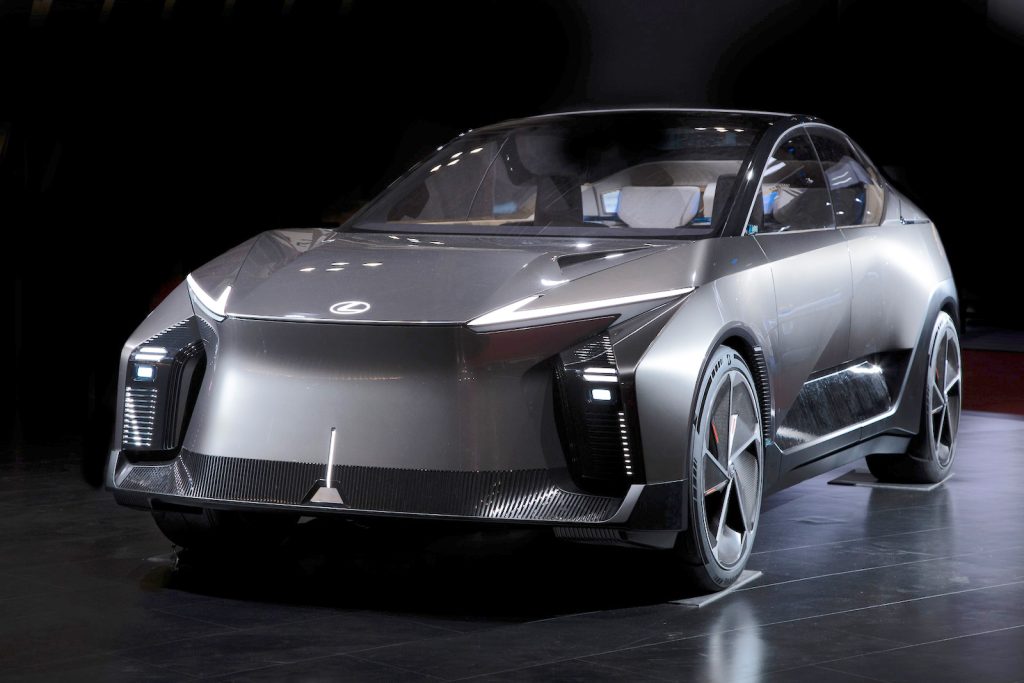
Lexus is preparing to expand its push into the EV vehicle market with recent concepts like the LF-ZC and the LF-ZL showing that the brand is leaving no stone unturned in its quest for EV sales.
While Toyota Motor Corp. continues to focus on a multi-energy strategy that will deliver a range of drivetrain technologies including gas, hybrid, PHEV, EV, and even hydrogen, Lexus has announced plans to go all-electric by 2035. It wants to match that with more dynamic designs, starting out with the LF-ZC due in 2026.
The name is shorthand for Lexus Future Zero-emission Catalyst and, as Headlight.News previously reported, LF-ZC blurs the line between sedan and crossover, much as the Toyota brand has done with the new Crown model. The design of the luxury model is far more aggressive, with its sharp lines and creases. The low-slung grille-less nose gives the show car an aggressive feel, as do the oversize air extractors behind the front wheels, and the angular folds in the door panels.
LF-ZL, meanwhile, is set to become the new Lexus flagship. Where the LF-ZC falls into midsize category, at 187 inches in total length, with a 113.8-inch wheelbase, LF-ZL concept boasts an overall length of 208.7 inches, with a wheelbase of 131.9 inches. And, by using a skateboard-like platform to free up space normally devoted to the engine compartment, the interior is positively cavernous.
It picks up some design elements of the LF-ZC, inside and out, including the yoke-like wheel and various screens across the instrument panel. It uses new “prismatic” batteries which could yield range even greater than what’s promised for the LF-ZC.
More Lexus News
- Blurring the Lines: Lexus Reveals LF-ZC and LF-ZL EV Concepts
- Lexus, Toyota Top List for Most Reliable Used Cars
- Lexus Answers the Call with New 2024 TX Three-Row Ute
Taking a “huge step”
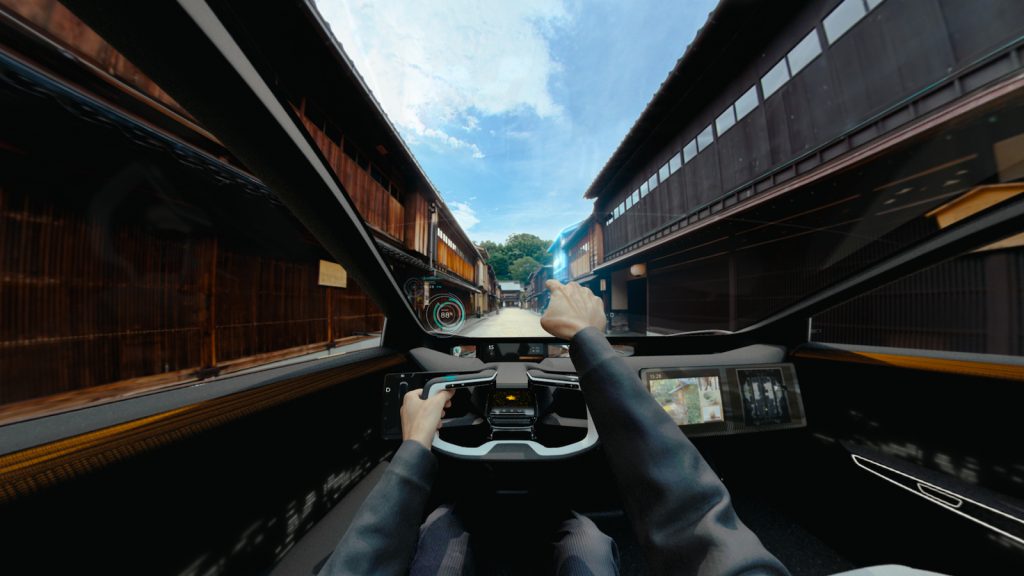
Lexus is taking a huge step into the future with its upcoming lineup of EVs and is setting a high bar for itself.
The two concepts are “a huge step, yes,” Humphries said in his interview. “But the whole point of the Lexus brand from the very beginning has always been to challenge what was considered the de facto standard of the time.”
Now, it appears, challenging the established order will go beyond past breakthroughs for Lexus, such as delivering the first luxury hybrid drivetrain.
For his part, Lexus design chief Koichi Suga said he is confident the new look previewed by the two concepts will play well with buyers. Lexus owners are, he said, “always open-minded about our design.”
Expect to see the language previewed by the LF-ZC and LF-ZL concepts to migrate across the line-up, added Humphries.
“The whole purpose of doing something like that car is to set yourself up for the future,” he said. “If you set the bar that high, then things happen.”

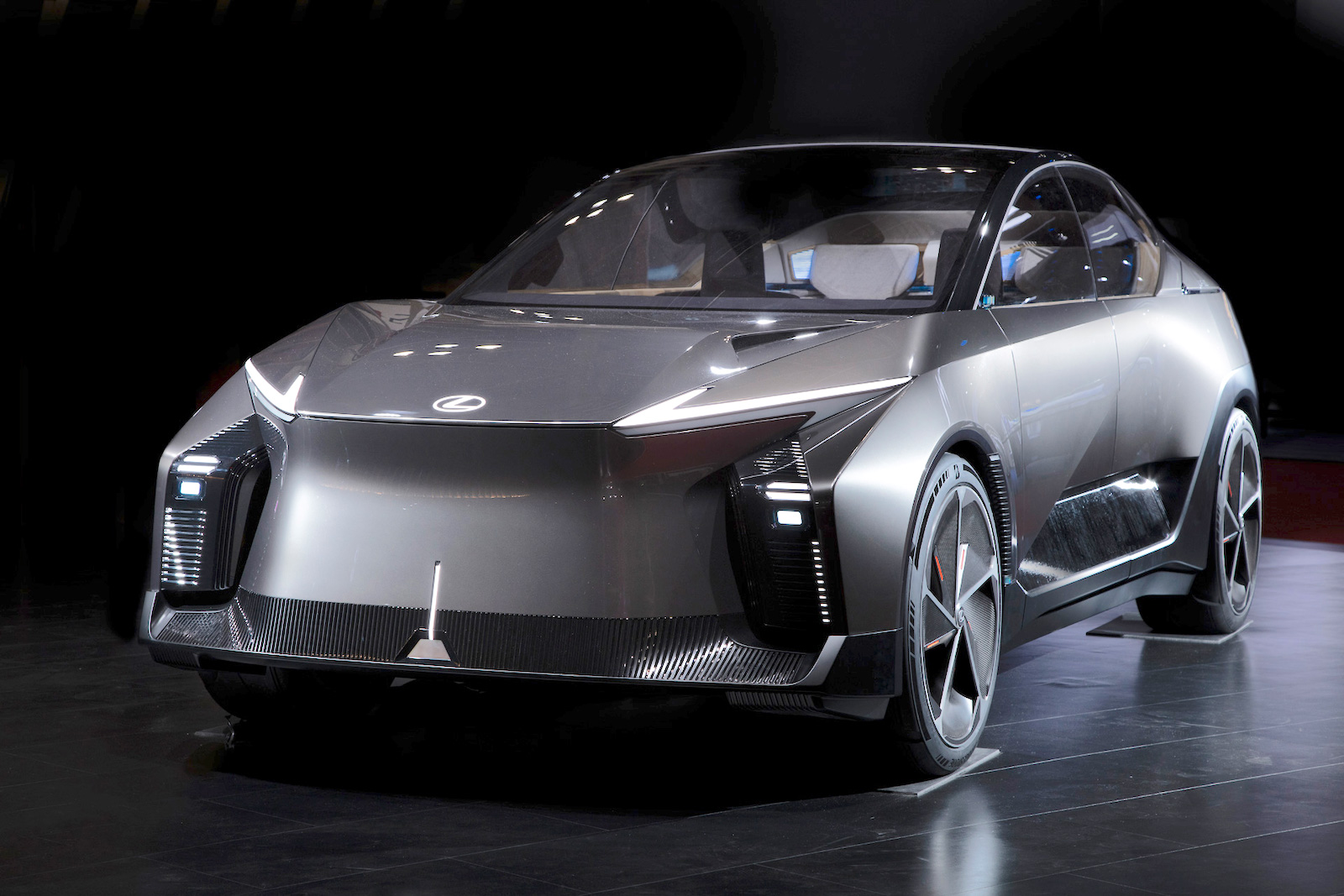
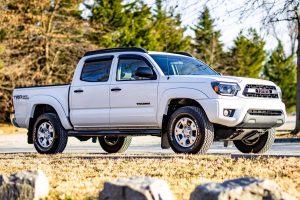
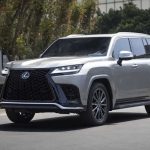
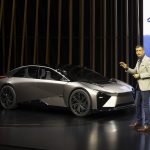
They need to take this step to set a standard just as they did with engineering in 1989.
Finally, a significant design to take advantage of possibilities afforded by all–electric vehicles. The LF-ZC is new from the ground up and exciting. Too many EV cars are just ICE designs with electric motors replacing an engine. Congratulations to Toyota for bringing the industry up to date!